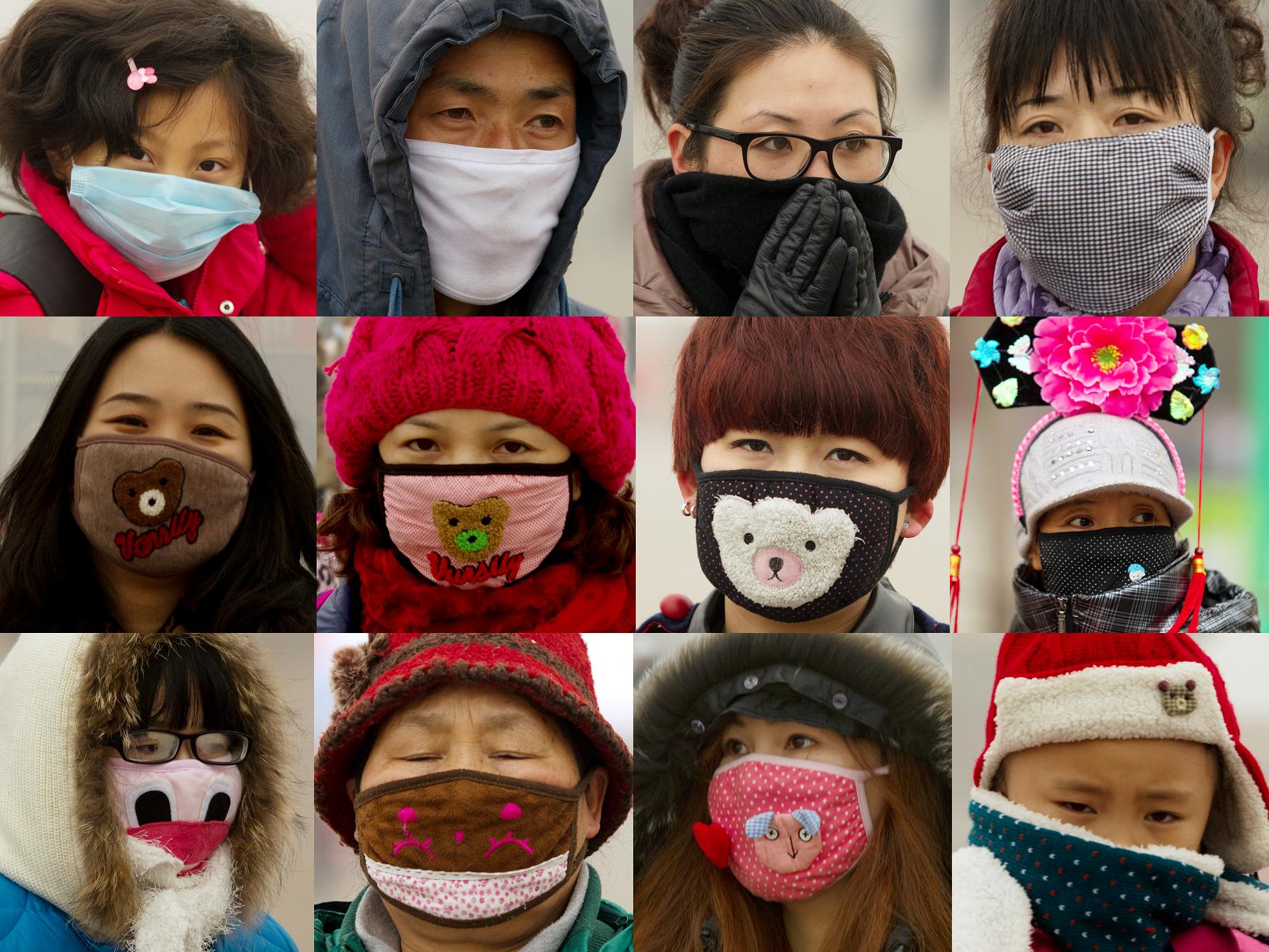The cheap home solution for air pollution is a DIY kit from smart air for only a few hundred CNY instead of many thousand CNY for high end machines. Check out the comparative testing, if you are not convinced, and get a kit for your own home.
If you want to suffer a bit more, read what I wrote on air pollution in 2014 or watch Chai Jing's 2013 documentary [OMG, it has been 3 years since then!] Under the Dome now:
What’s more to say about this issue after Beijing’s air pollution index went viral in January topping PM 2.5 900µg and Shanghai’s in December 2013 topping 600µg? Frankly speaking, I have never cared about air pollution. Expats fidgeting on their smart phones and constantly discussing the PM rating, were people I tended to avoid. Since last December I have joined the crowd. We still don’t wear face masks, but I watch the US consulate rating and decide then if outdoor activities are advisable for our family.
16 of the world’s most polluted cities are said to be located in China. A rough, gut-felt estimate on the sources of air pollution: 1/3 traffic, 1/3 industry, 1/3 building operation. But all air pollution is rooted in China’s deadly energy mix with more than 60% based on thermal power plants which burn domestic and imported coal … leaving China’s residents with healthy carbon dioxide which prompts the cousin of one of my colleagues to buy him a WWII gas mask “you can stay where you are, you will survive everything with that”. Though even if air pollution is most visible – in such occasions as sending my daughter off to kindergarten and running into a befriended mother of ours with her two kids hand in hand, one left, one right, all three of them covered with facial masks – even if air pollution is most visible, it is only the tip of a dirty ice berg: water and soil pollution are much worse, have a direct impact on the nutrition cycle and will take much longer to clean up.

 RSS Feed
RSS Feed